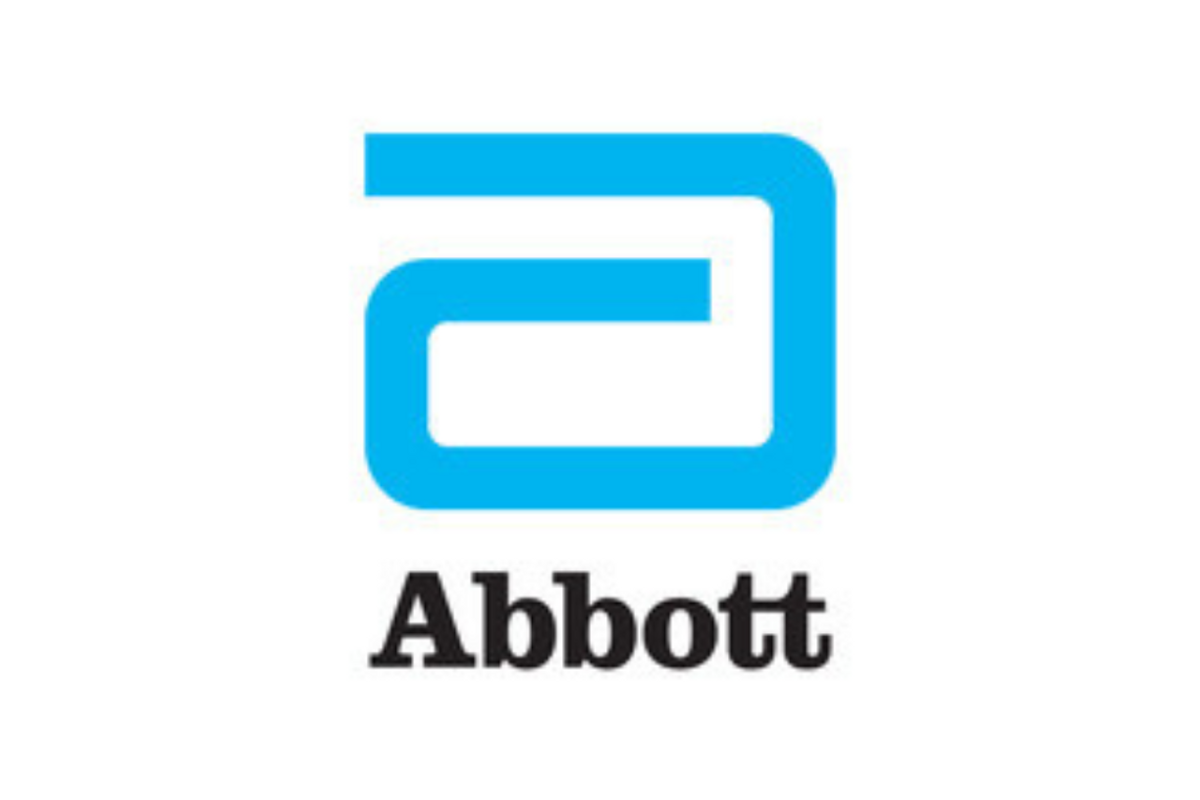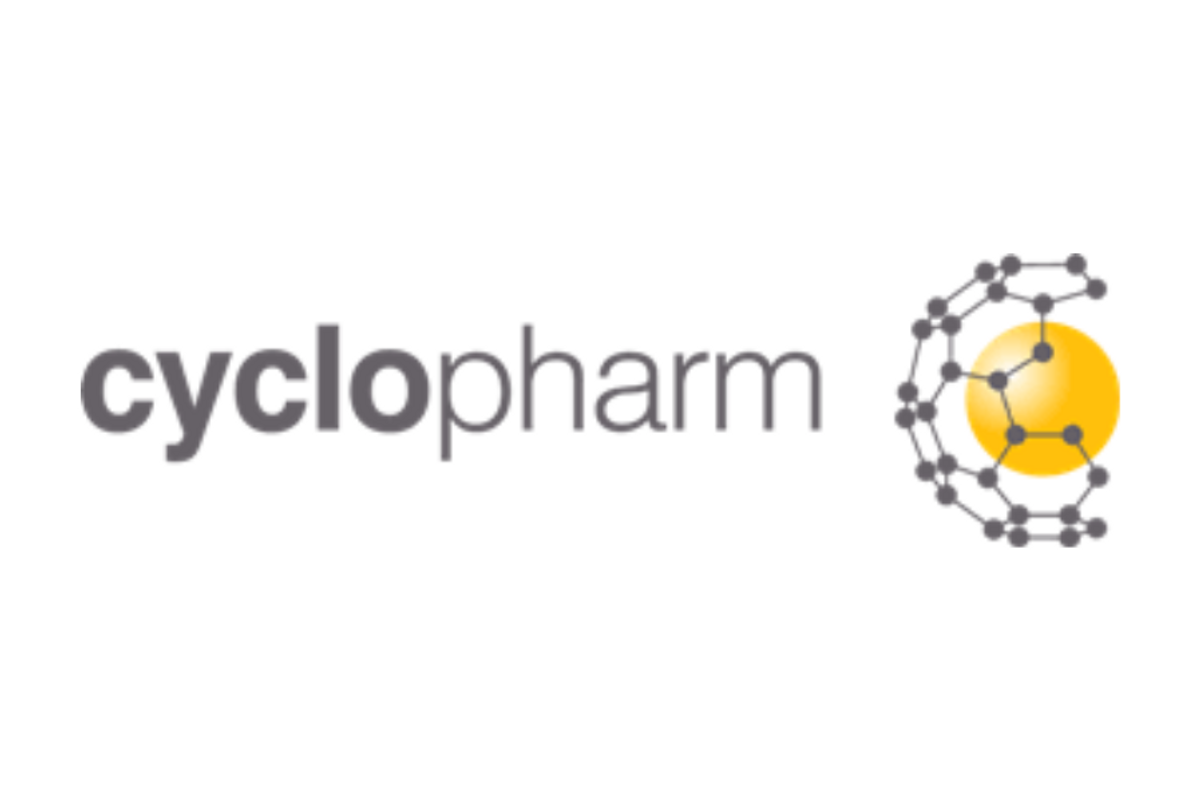- The U.S. Food and Drug Administration (FDA) approved Abbott's Eterna™ spinal cord stimulation (SCS) system for the treatment of chronic pain
- This neuromodulation device provides an optimized experience with the ability to wirelessly charge as few as five times per year, the lowest recharge burden compared to other rechargeable SCS systems §1,2,3
Abbott (NYSE: ABT) today announced the U.S. Food and Drug Administration (FDA) approval of the company's Eterna™ spinal cord stimulation (SCS) system the smallest implantable, rechargeable spinal cord stimulator currently available on the market for the treatment of chronic pain.* 4 Eterna SCS utilizes Abbott's proprietary low-dose BurstDR™ stimulation, the only SCS waveform technology with the highest level of clinical evidence (1A evidence), proven to reduce pain 23% more than traditional waveform technology approaches. 5
Abbott developed Eterna based on extensive studies with patients, physicians and caregivers to understand the unmet needs of people living with chronic pain. The studies found that people wanted a smaller implant for comfort while reducing the need to charge the device daily or weekly. With patient needs front of mind, Abbott created Eterna to be recharged less than five times a year under normal use, making it the lowest recharge burden platform on the market. §1,2,3
Key features include:
- Smallest device: Designed with daily comfort in mind 6 the Eterna SCS system is the smallest implantable, rechargeable spinal cord stimulator* 4 on the market.
- Clinically proven therapy: The Eterna SCS system features Abbott's proprietary BurstDR stimulation, which mimics natural firing patterns found in the brain 7 to deliver superior** 8 pain relief. BurstDR stimulation is preferred to traditional "tingling" tonic stimulation by 87% of patients. 9
- Lowest recharging requirements: Paired with Abbott's new Xtend™ energy technology, Eterna optimizes the patient charging experience, requiring as few as five recharges per year under standard use from a wireless charger. § 1,2,3
- MRI capabilities: Eterna uses Abbott's TotalScan™ MRI technology, which allows for full-body MRI scans – a critical need of chronic pain patients who require accessibility to improved diagnostics and healthcare.
- U pgradable platform: As Abbott continues to make advancements in SCS therapy, the Eterna SCS system can adapt to future innovations without replacing the implant.
- iPhone integration: Abbott's patient-focused mobile app supports real-time battery life and charging status updates of the Eterna SCS system on a personal or Abbott-provided Apple device.
"Abbott's low-dose BurstDR stimulation is clinically proven to reduce pain, improve people's ability to perform everyday activities, and reduce emotional suffering associated with pain," ^8 said Timothy Deer , M.D., DABPM, president and chief executive officer of the Spine and Nerve Centers of the Virginias in Charleston, W.Va. "Until now, it wasn't available on a rechargeable device that was this small, and that only needs to be charged a few times a year. This makes a big difference in comfort for many patients who now can have access to the best of both worlds – a small, best-in-class rechargeable device with superior stimulation therapy."
More than 50 million people in the U.S. suffer from chronic pain. 10 According to the U.S. Pain Foundation, chronic pain is the leading cause of people going to the doctor and costs the nation approximately $635 billion each year in healthcare, disability and lost productivity costs. 11 SCS, also known as neurostimulation, has been recommended by doctors for more than 50 years to help people manage chronic pain and improve their quality of life. Devices used for SCS consist of thin wires placed between the spinal cord and the vertebrae and a small implant placed under the skin in the lower back that helps disrupt pain signals before they can reach the brain.
"At Abbott, we deliver products and solutions with the goal of simplifying healthcare, improving clinical outcomes and providing people suffering from chronic pain with the best experience possible. As we progress on this commitment, Eterna is the next major leap forward," said Pedro Malha, vice president, neuromodulation, Abbott. "Eterna is the smallest rechargeable spinal cord stimulator on the market, provides the longest therapy between charges and offers an optimized recharging experience – all key features when selecting the best overall system."* § 3,4
Abbott's portfolio of neuromodulation devices also includes Proclaim™ XR, the recharge-free SCS system, and Proclaim Plus featuring FlexBurst360™, the SCS system that offers pain coverage across up to six areas of the trunk and/or limbs and enables programming that can be adjusted as a person's therapeutic needs evolve. All use the clinically proven low-dose BurstDR stimulation therapy.
* Smallest size determined by volume in cubic centimeters.
** BurstDR stimulation superiority when compared to traditional tonic stimulation as studied in SUBNURST.
^ Pain and suffering as measured by visual analog scale.
§ Approximately one hour per month or three hours five times per year at standard (nominal) settings for BurstDR™ programs: 30/90 dosing when programmed with amplitude of 0.6mA and all other BurstDR™ settings are left at default compared to recommended charging frequency and duration of competitors. Recommended recharge frequency and duration for competitor product described in their respective IFU.
For U.S. important safety information on the Abbott Eterna spinal cord stimulation system, visit: https://bit.ly/3Wgpude .
About Abbott
Abbott is a global healthcare leader that helps people live more fully at all stages of life. Our portfolio of life-changing technologies spans the spectrum of healthcare, with leading businesses and products in diagnostics, medical devices, nutritionals and branded generic medicines. Our 113,000 colleagues serve people in more than 160 countries.
Connect with us at www.abbott.com , on LinkedIn at www.linkedin.com/company/abbott-/ , on Facebook at www.facebook.com/Abbott and on Twitter @AbbottNews.
1 Abbott. Eterna IPG Battery Recharge Characterization Report (90903492); 2022.
2 Abbott. Eterna IPG Elect Design Verification Report: Current Draw (90860050). 2022
3 Abbott. Eterna Lowest Recharge Burden Comparison Memo (MAT-2210739); 2022.
4 Abbott. Eterna SCS IPG Size Comparison Memo (MAT-2210151); 2022.
5 Karri J, Orhurhu V, Wahezi S, Tang T, Deer T, Abd-Elsayed A. Comparison of Spinal Cord Stimulation Waveforms for Treating Chronic Low Back Pain: Systematic Review and Meta-Analysis. Pain Physician. 2020 Sep;23(5):451-460. PMID: 32967388.
6 Baranidharan G, Bretherton B, Richert G, et al. Pocket pain, does location matter: a single-centre retrospective study of patients implanted with a spinal cord stimulator. Reg Anesth Pain Med. 2020.; 0:1-7. doi:10.1136/rapm-2020-101752
7 De Ridder D., Vanneste, S., Plazier, M., & Vancamp, T., (2015). Mimicking the Brain: Evaluation of St. Jude Medical's Prodigy Chronic Pain System with Burst Technology. Expert Review of Medical Devices, 12(2), 143-150.
8 Deer T, Slavin KV, Amirdelfan K, et al. Success Using Neuromodulation With BURST (SUNBURST) Study: Results From a Prospective, Randomized Controlled Trial Using a Novel Burst Waveform. Neuromodulation. 2017;20(6):543-552.
9 Deer, T. Randomized, Controlled Trial Assessing Burst Stimulation for Chronic Pain: 2-Year Outcomes from the SUNBURST Study. Presented at NANS 2018.
10 Yong RJ, Mullins PM, Bhattacharyya N. Prevalence of chronic pain among adults in the United States . Pain. 2022 Feb 1 ;163(2):e328-e332.
11 U.S. Pain Foundation. Chronic Pain Facts. https://uspainfoundation.org/pain/ . Accessed June 27, 2022 .
![]() View original content: https://www.prnewswire.com/news-releases/abbott-launches-the-worlds-smallest-implantable-rechargeable-spinal-cord-stimulation-system-for-chronic-pain-301705855.html
View original content: https://www.prnewswire.com/news-releases/abbott-launches-the-worlds-smallest-implantable-rechargeable-spinal-cord-stimulation-system-for-chronic-pain-301705855.html
SOURCE Abbott








